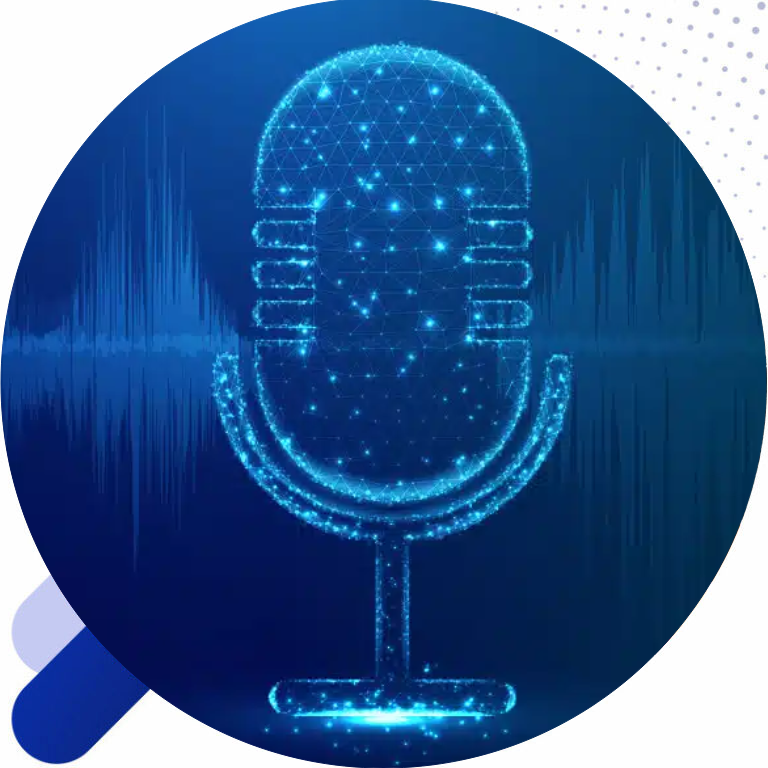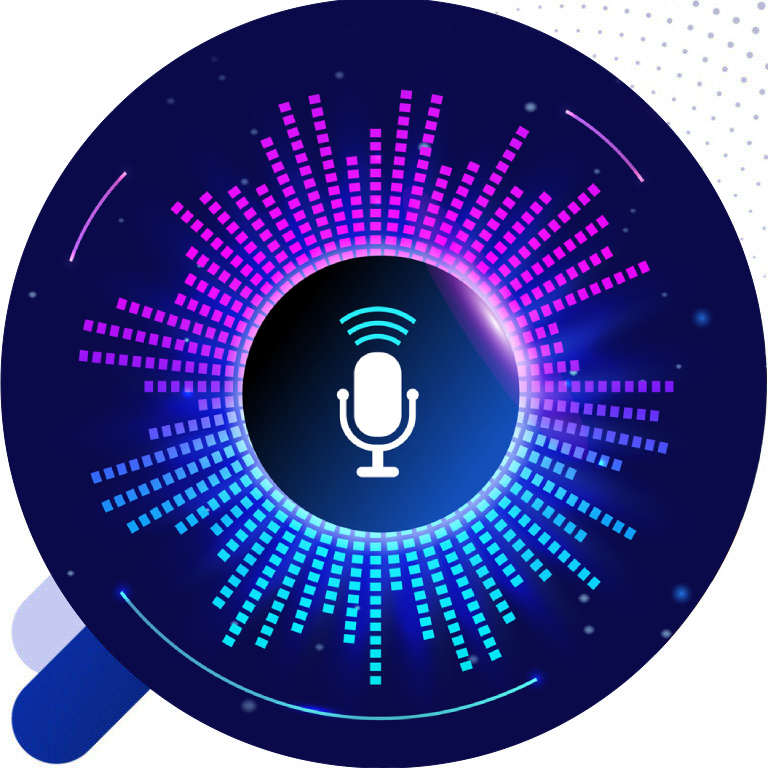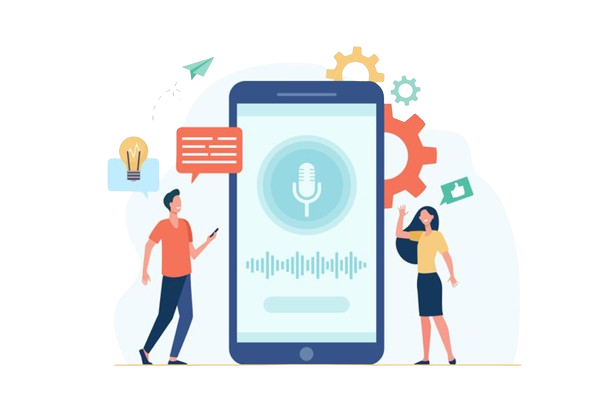Automatic Speech Recognition: Transforming Communication in the Digital Age
Automatic Speech Recognition (ASR) is one of the most transformative technologies of the 21st century, enabling machines to understand and process human speech. It bridges the gap between human language and machine understanding, fostering seamless communication between people and devices. ASR has been instrumental in various applications, from virtual assistants like Siri and Alexa to real-time transcription services and automated customer support systems. This essay explores the intricacies of ASR, its underlying technologies, applications, challenges, and future prospects.

Understanding Automatic Speech Recognition
At its core, Automatic Speech Recognition refers to the computational ability of a machine or program to identify and process human speech into a text format. The system captures spoken words through audio input, analyzes the sound waves, and converts them into textual data. This transformation involves complex algorithms that break down the spoken language into its phonetic components, identify the individual sounds and words, and finally assemble them into coherent sentences.
How ASR Works: The Core Technologies
At its core, ASR involves several stages of processing, each crucial for converting spoken language into text. These stages include:

Audio Input and Preprocessing: The process begins with the capture of audio signals, typically through a microphone. The audio signal is then digitized and subjected to preprocessing, where noise reduction, echo cancellation, and other enhancements are applied to improve the quality of the input.
Feature Extraction: Once the audio signal is preprocessed, it undergoes feature extraction. This step involves converting the raw audio waveform into a set of features that can be used by the recognition model. Common features include Mel-Frequency Cepstral Coefficients (MFCCs), which represent the short-term power spectrum of the sound, and spectrograms, which visualize the frequency content of the audio over time.
Acoustic Modeling: Acoustic models are responsible for mapping the extracted features to phonetic units, the basic sounds of speech. These models are typically trained using large datasets of labeled speech, allowing the system to learn the probability of certain phonetic units occurring in a given context.
Language Modeling: Language models play a crucial role in ASR by predicting the likelihood of word sequences. These models use statistical methods or neural networks to analyze patterns in language and improve the accuracy of word recognition. For example, in the phrase “I want to buy a car,” the language model helps the ASR system distinguish between homophones like “car” and “kar.”
Decoding and Post-Processing: The final step involves decoding, where the system combines the outputs of the acoustic and language models to generate the most likely transcription of the spoken input. Post-processing techniques, such as punctuation restoration and capitalization, are then applied to produce a readable text output.
Applications of Automatic Speech Recognition
ASR has found widespread applications across various industries, significantly enhancing productivity and user experience. Some of the most notable applications include:
Virtual Assistants
ASR is the backbone of virtual assistants like Siri, Google Assistant, and Alexa. These systems allow users to interact with their devices using natural language, performing tasks such as setting reminders, searching the web, and controlling smart home devices.
Customer Service
Many businesses use ASR in their customer service operations to automate interactions. Interactive Voice Response (IVR) systems use ASR to understand customer queries and route calls to the appropriate department or provide automated responses.
Transcription Services
ASR is widely used in transcription services, converting spoken content into written text. This is particularly valuable in legal, medical, and media industries, where accurate and timely transcription is essential.
Assistive Technologies
ASR plays a crucial role in assistive technologies for individuals with disabilities. For example, speech-to-text applications help people with hearing impairments by providing real-time captions for spoken language.
Language Learning
ASR is also used in language learning applications, where it helps learners practice pronunciation and improve their speaking skills by providing instant feedback.
Data Privacy and Security
ASR systems often require access to vast amounts of voice data to improve their performance. However, this raises concerns about data privacy and security, particularly when sensitive information is involved.
Benefits of Automatic Speech Recognition
The implementation of ASR technology is associated with myriad benefits. Not only does it bolster productivity and efficiency, but it also fosters greater inclusivity and accessibility. Key advantages include:
Enhanced Efficiency
ASR eliminates the need for manual transcription processes, allowing organizations to maximize productivity by automating tedious tasks.
Improved Accessibility
ASR makes technology more accessible to individuals with speech or motor impairments, facilitating inclusion and equal opportunity.
Cost Savings
By reducing labor costs associated with manual data entry and transcription, organizations can redirect resources toward higher-value tasks.
The Future of Automatic Speech Recognition
As we look ahead, the future of Automatic Speech Recognition appears bright. The technology continues to evolve rapidly, with several promising trends on the horizon:
Improved Accuracy
Advances in artificial intelligence and machine learning will likely yield more refined models, enhancing accuracy and inclusivity across various languages, accents, and speech patterns.
Conversational AI
The integration of ASR with Natural Language Processing (NLP) will pave the way for more sophisticated conversational agents capable of understanding complex queries and maintaining context over longer interactions.
Speak With Expert Engineers.
Contact us by filling in your details, and we’ll get back to you within 24 hours with more information on our next steps

Please fill out the contact form

Call Us
United Kingdom: +44 20 4574 9617

UK Offices
Business Address: 70 White Lion Street, London, N1 9PP
Registered Address: 251 Gray's Inn Road, London, WC1X 8QT
Schedule Appointment
We here to help you 24/7 with experts

